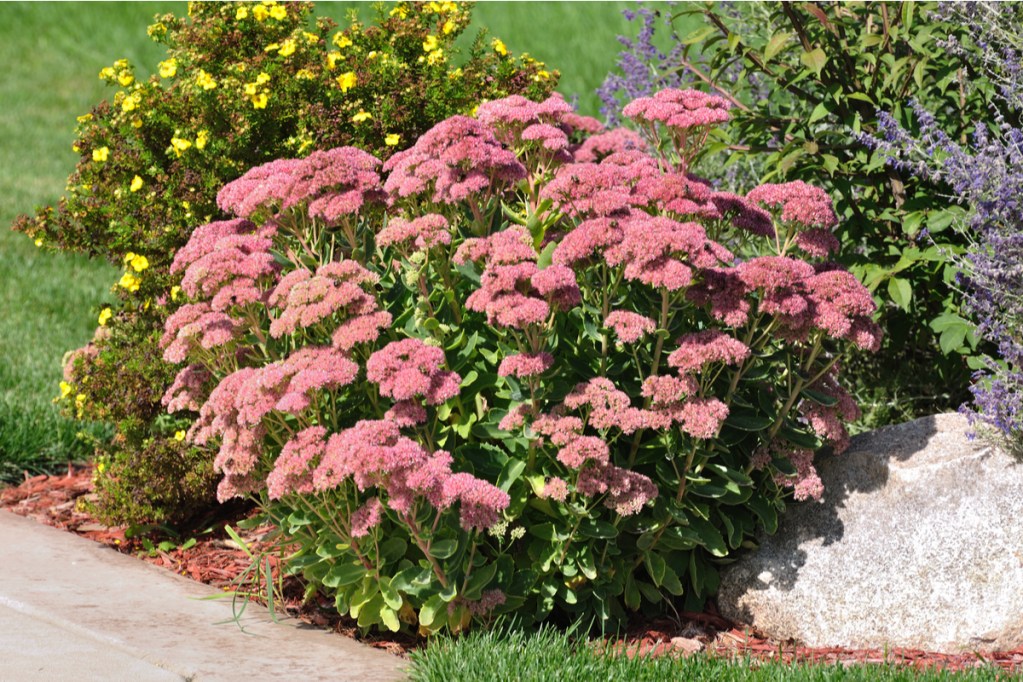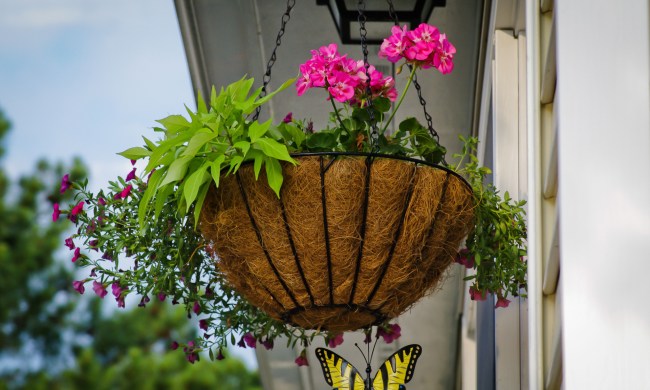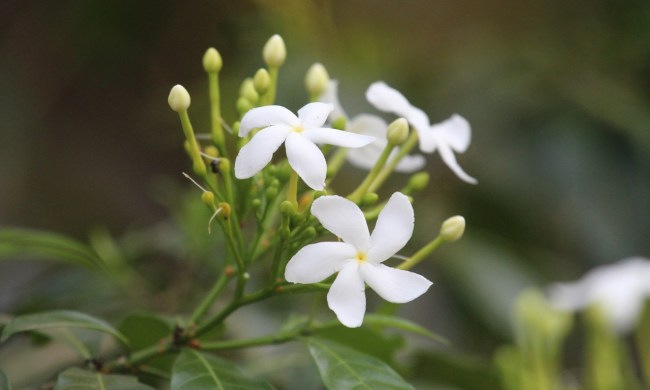
Plants need water in order to survive and thrive, but watering your garden can be tricky if you’re in the middle of a drought. Water conservation is important, so why not grow a drought-tolerant garden that can withstand longer periods of dry weather? Sedum, also called stonecrop, is a drought-tolerant and easy-to-grow plant that’s great for containers and gardens alike. Here are four sedum varieties you should consider adding to your drought-tolerant garden this year, so you can save water.
Goldmoss stonecrop

Sedum acre “Aureum,” or goldmoss stonecrop, gets its name from its short height and bright yellow flowers, which give it the appearance of golden moss. It only grows to about 2 inches tall, making it perfect for containers, edges, and ground covers. This adaptable sedum species is perfect for filling in gaps in a larger garden or on its own, and it even makes a great drought-tolerant base for a fairy garden! Plant your goldmoss stonecrop in full sun to partial shade and well-draining soil. It grows well in poor to average soil.
Autumn joy stonecrop

Autumn joy is a variety of showy stonecrop, sometimes also called butterfly stonecrop. This is an excellent option for gardeners who want a drought-tolerant garden but are worried about sacrificing beauty for sustainability. You can have both! Showy stonecrop is one of the taller stonecrop varieties, and it blooms in beautiful shades of pink or purple. The clusters of small flowers are also quite popular with pollinators. Don’t let the stunning flowers fool you, showy stonecrop is just as drought tolerant as the rest of its relatives.
Fireglow sedum

Two-row sedum is another shorter sedum, and it’s particularly popular for containers or hanging baskets where the stems can trail down over the edge like vines. It’s hardy against drought, heat, and even cold, making it an excellent choice for both indoor and outdoor gardens. Of the two-row sedum varieties, “Fireglow” is a popular choice. It has foliage reminiscent of autumn, with red or orange leaves all year long and bright red flowers during mid to late summer. Since that’s a common time for droughts in many areas, planting two-row sedum can bring a little color to your dry garden.
Sedum clavatum

Sedum clavatum is a lovely pale blue-green and yellow sedum that’s commonly used in rock gardens, especially alongside other succulents. It is one of the earlier blooming sedum varieties, with white flowers that bloom in mid-spring to early summer. Sedum clavatum is a shorter sedum that, similarly to two-row sedum, works well as a ground cover or in containers. In hanging baskets, sedum clavatum resembles its cousin burro’s tail. Like other sedum varieties, sedum clavatum is highly drought tolerant.
These four types of sedum are drought tolerant and beautiful. Whether you plan on incorporating them into a larger drought-tolerant garden or want something simple to grow on its own, sedum is an excellent choice. There are many types of sedum you can choose from, but these four are a good place to start. Why not give them a try and see which is your favorite?



